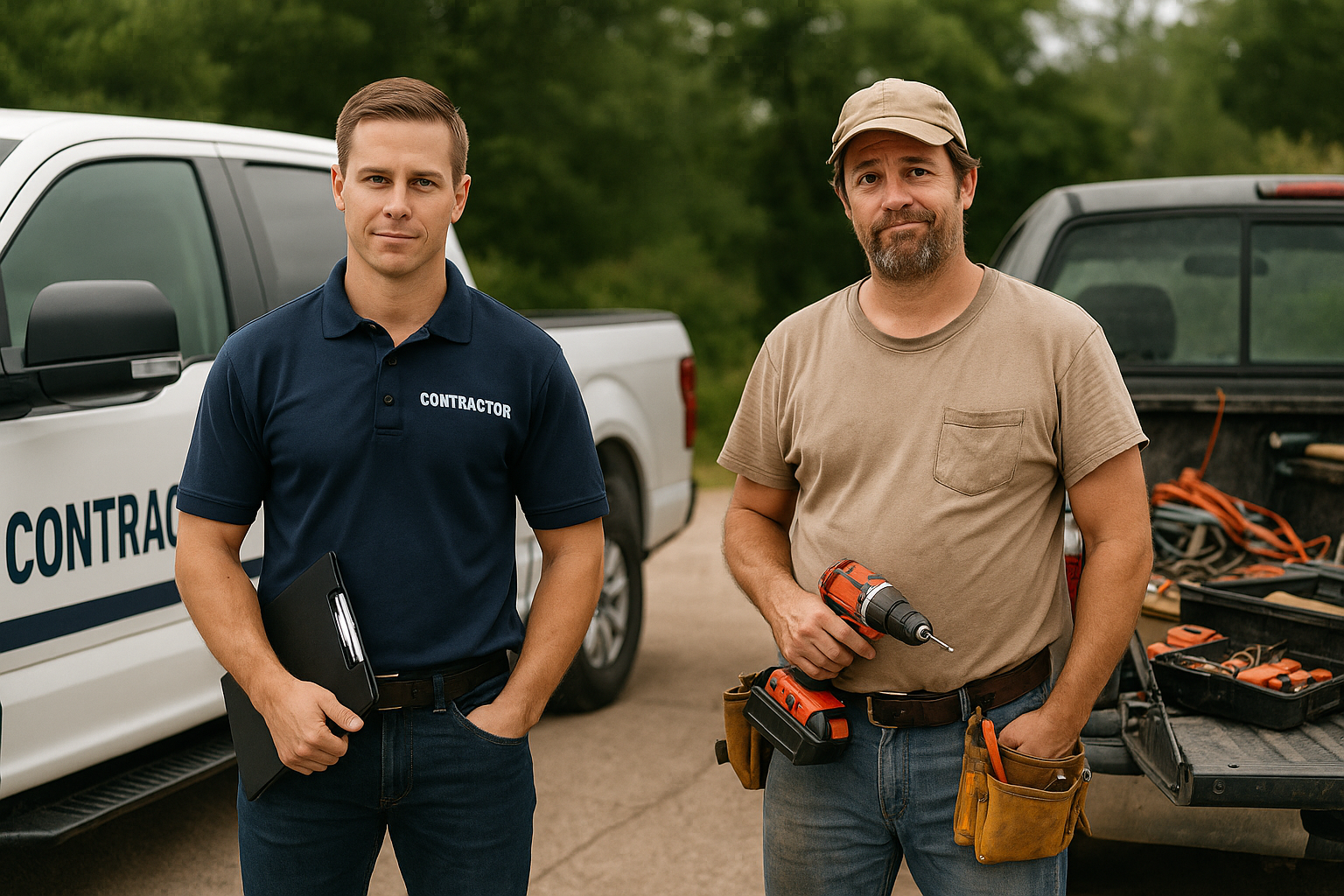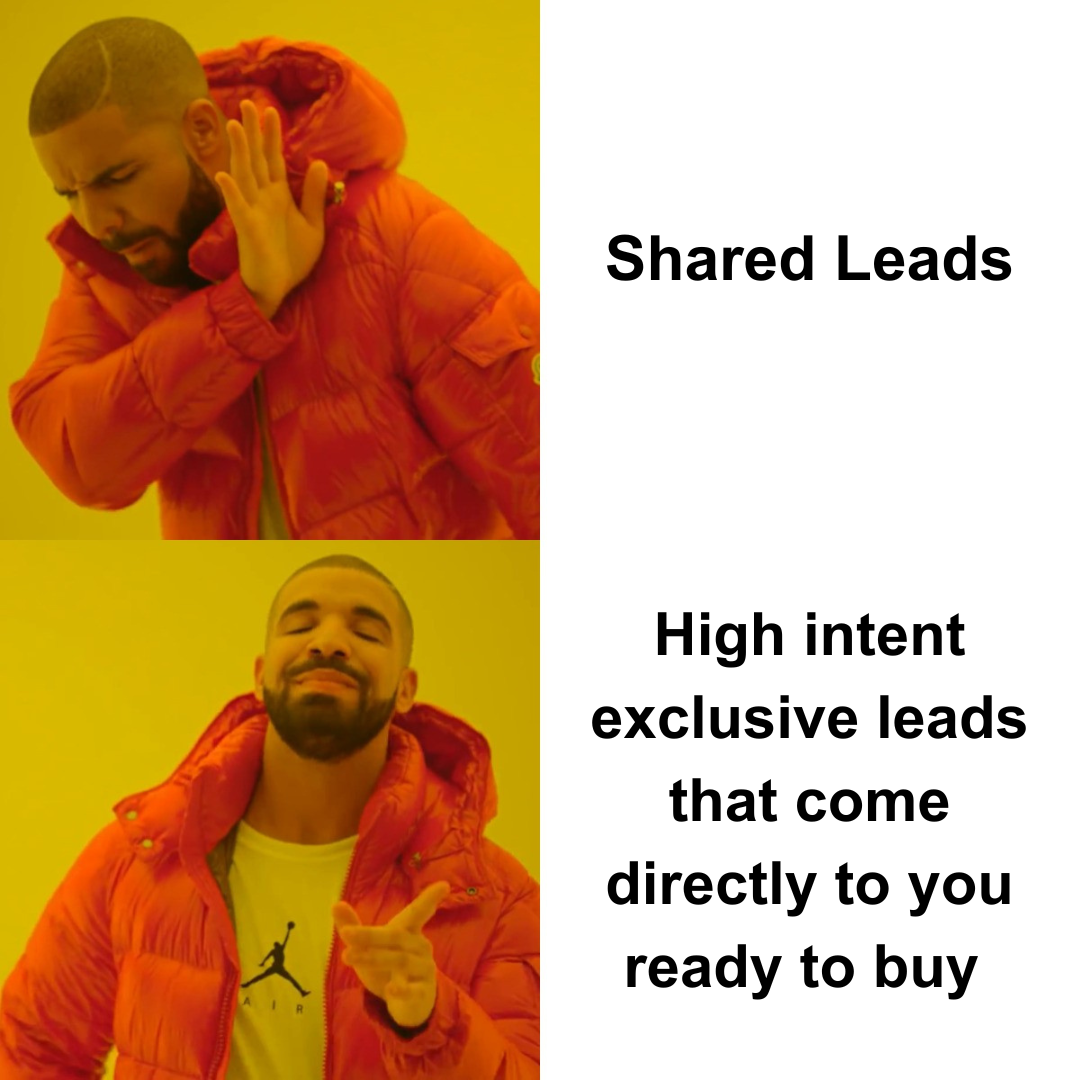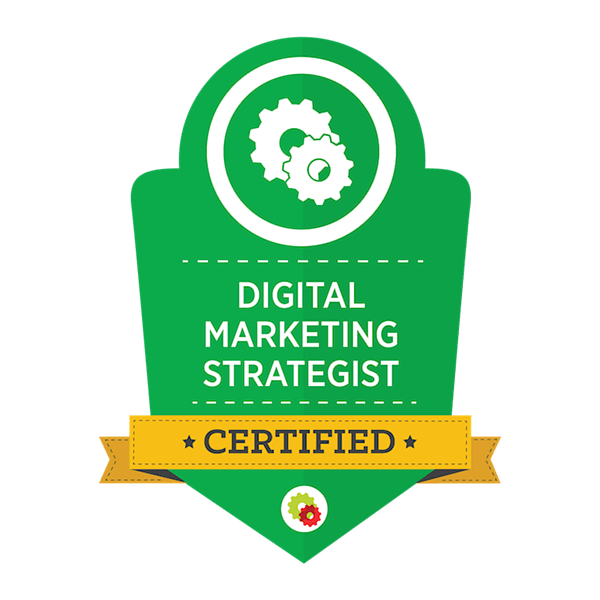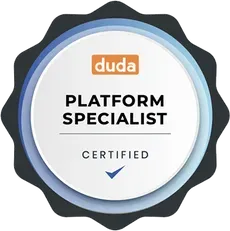How to Understand Your Marketing Reports (and Help Improve Them Too!)
Each month, you’ll receive a marketing report that gives you insight into how your website, advertising, and local presence are performing. We know it can be a lot of data—so this guide is here to help you make sense of the numbers and understand what they really mean for your business.
Let’s break it all down in plain English, and then we’ll show you how you can play a part in making these numbers even better.
Website Metrics: Who’s Visiting & What They’re Doing
Your website is like your digital storefront. These metrics help you understand how people are interacting with it:
- Sessions - The number of total visits to your website. One person can have multiple sessions if they visit more than once.
- Page Views - The total number of pages viewed—this includes repeat views of the same page.
- Users - The number of unique people who visited your website during the reporting period.
Google Business Profile: Local Search Visibility
Your Google Business Profile helps people find you on Google Search and Maps—especially when they’re nearby or ready to take action.
- Search Impressions - How often your business appeared in Google search results.
- Map Impressions- How often your business was shown on Google Maps.
- Direction Requests - How many people clicked to get directions to your business.
- Website Clicks - How many people clicked your website link from your profile.
- Call Clicks -The number of times users tapped “Call” from your profile to reach you.
Google Search Console: Your Website’s Visibility in Search
This tells you how your website is performing on Google when people search for relevant terms:
- Clicks - The number of times someone clicked your site in search results.
- Impressions - The number of times your site appeared in search results, even if it wasn’t clicked.
- CTR (Click-Through Rate) -What percent of people clicked after seeing your listing in search.
Example: 50 clicks from 1,000 impressions = 5% CTR
- Average Position - Where your site typically ranks in search results. The lower the number, the better the rank (e.g. Position 1 = top spot).
- Keyword Rankings - How your site is ranking for specific search terms your potential customers are using.
SEO (Search Engine Optimization)
SEO is all the behind-the-scenes work done to help your website rank higher in search results. It includes improving content, page speed, mobile usability, and more. Over time, good SEO = better visibility and more traffic.
Google Ads: How Your Paid Campaigns Are Performing
Google Ads help you reach people actively searching for your services. These are the key terms we track:
- Conversions - Valuable actions taken by users, like form submissions or phone calls.
- Cost per Conversion - The average cost to get one conversion. Lower = more efficient.
- Cost-Per-Click (CPC) - The average amount you paid for each click on your ad.
- Click-Through Rate (CTR) - How often people clicked your ad after seeing it.
- Impressions - The number of times your ad was displayed.
- Conversion Rate - Of the people who clicked, what percent completed a desired action?
How You Can Help Improve These Metrics
While we handle the strategy and optimization, your involvement can make a big impact on performance. Here are a few simple but powerful ways you can help:
⭐ Get More Google Reviews
- Ask happy customers to leave a review.
- Respond to all reviews to show you're active and engaged.
📲 Post on Social Media
- Share promotions, behind-the-scenes content, or customer success stories.
- Link back to your website or Google profile when possible.
☎️ Always Answer the Phone
- Many leads come in via phone—especially from ads and maps.
- Missing a call could mean missing a new customer.
📣 Give Feedback on Lead Quality
- Let us know weekly which leads from ads were valuable.
- This helps us fine-tune campaigns to attract more of the right people.
🗺️ Keep Your Google Business Info Up-to-Date
- Update business hours, especially during holidays.
- Add fresh photos of your team, space, or products.
🖥️ Share Website or Business Changes
- New services? Promotions? Let us know!
- We’ll make sure your site, ads, and content reflect those changes.
We’re In This Together
Your monthly report is more than just numbers—it’s a snapshot of your business’s digital health and growth. With your input and our ongoing optimizations, we can keep moving the needle in the right direction.
Have questions? We’re always happy to walk you through your report or help you focus on what matters most.
👉 Save or bookmark this page, and refer back to it whenever you review your report!
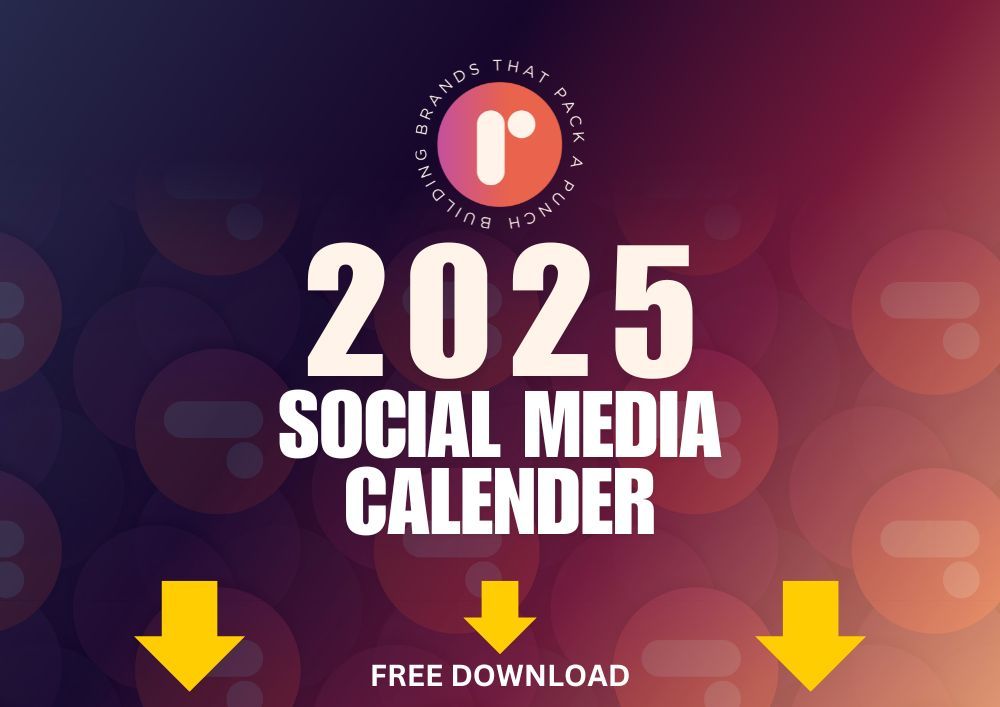
Get Fresh Content From
Roundhouse Digital Marketing
About The Author:

Philip Ellis
Founder and CEO, Roundhouse Digital Marketing
My name is Philip and I am a web design and client attraction consultant. I specialize in helping contractors, roofers, home builders, and other local service-based businesses get more views, leads, and sales online.
With over 12 years of experience in the industry, I have the knowledge and skills to create stunning websites and effective digital marketing campaigns that drive results for my clients.


